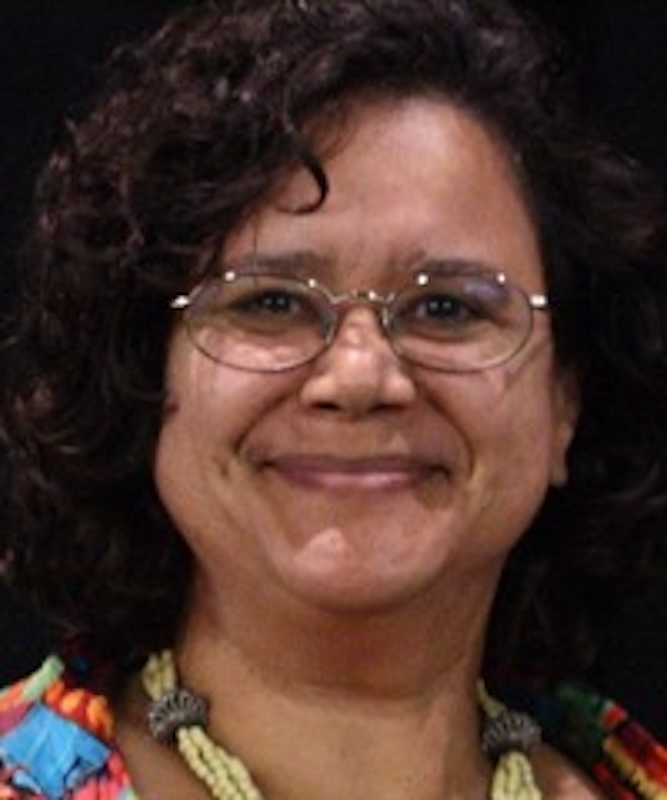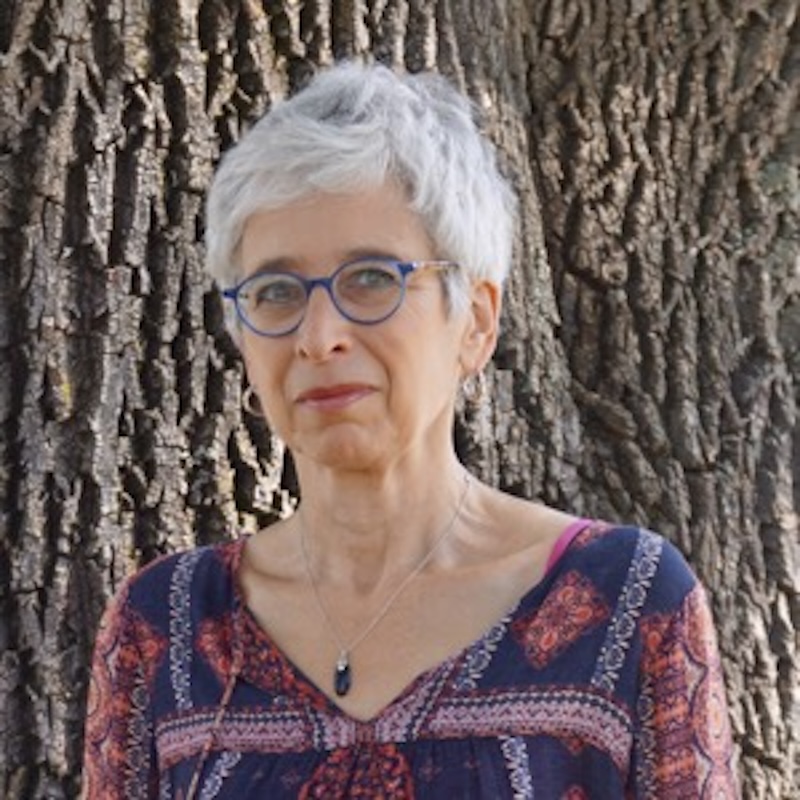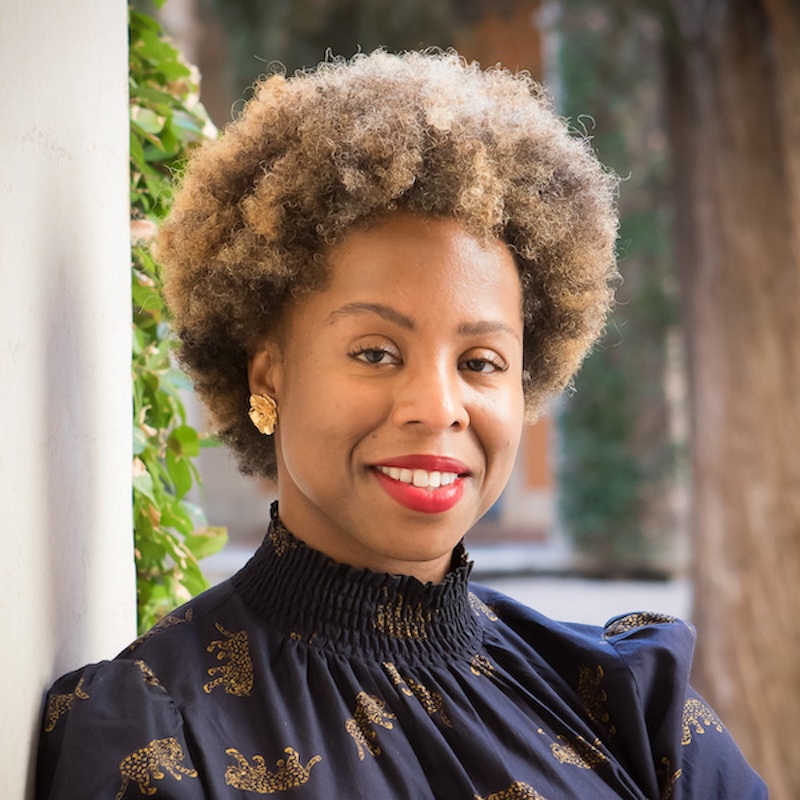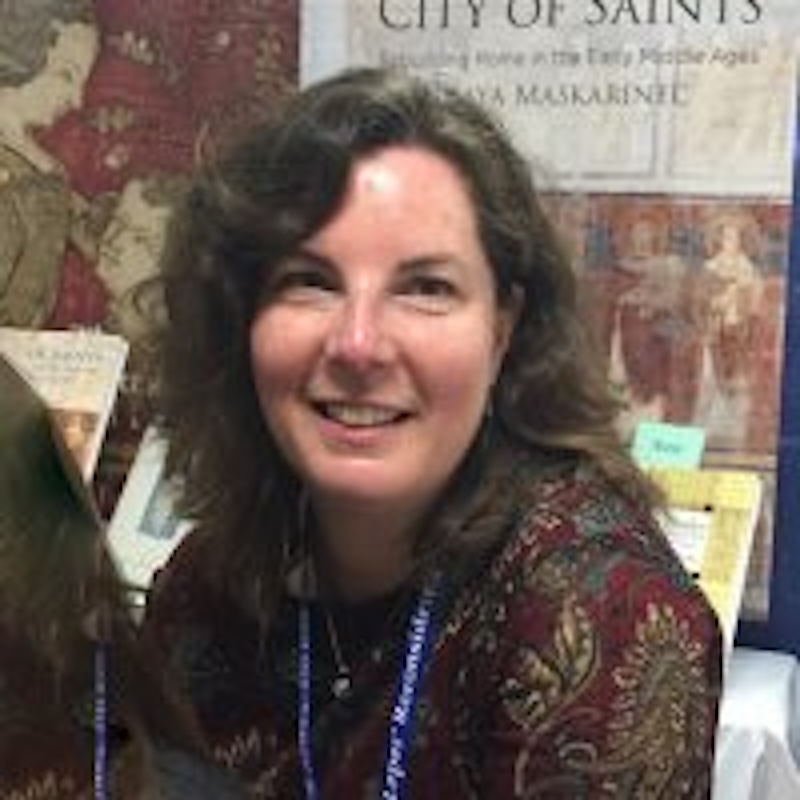Annual CEMERS Spring 2024 Speakers series to focus on the plague
Lineup includes experts on medieval medicine, racialization, the medieval Jewish community and more
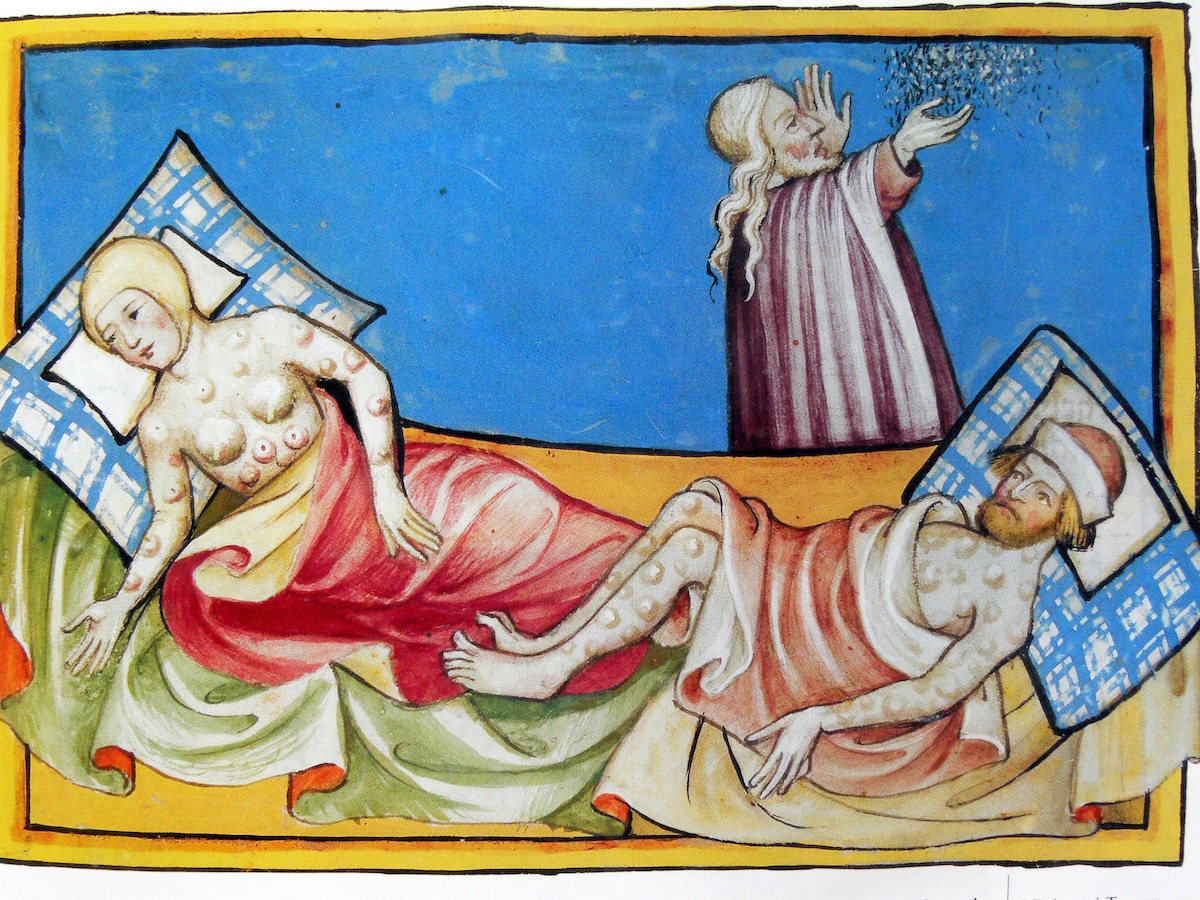
Each year, the Center for Medieval and Renaissance Studies (CEMERS) hosts a speakers series, which runs in concert with its interdisciplinary graduate seminar. From March 20 to April 17, the Binghamton University community will be introduced to a variety of scholars and events connected to Distinguished Professor of English, General Literature and Rhetoric Marilynn Desmond’s course, Cultural Responses to the Black Death (MDVL 561P/ENG 517A).
These speakers include Monica Green, a leading international expert on medieval medicine; Lori Jones, whose research is adding to our understanding of the second plague pandemic and redefining how scholars see the plague; Susan Einbinder, whose work on Jewish texts and literature has helped shape how scholars understand Jewish communities’ responses to and experiences of the plague; and Denva Gallant, whose research is focused on racial ideology during the Middle Ages. Kenny Roggenkamp, a graduate student, will also give a presentation of his research on Julian of Norwich, an English mystic whose writing was shaped by her experiences of illness.
CEMERS will also host its annual trip to the Metropolitan Museum of Art on Friday, March 22. Those in attendance will visit the Cloisters and Met Fifth Avenue and have the option of a tour of highlights in the Cloisters; the collection of Asian art, including the special exhibition Anxiety and Hope in Japanese Art; and highlights of the Renaissance collections, with a tour of the new special exhibition “Renaissance Masterpieces of Judaica: The Mishneh Torah and the Rothschild Mahzor.”
“The trip to the Cloisters and Met Fifth Avenue is always a huge hit,” said Elizabeth Casteen, associate professor of history and the director of CEMERS. “This semester, I am teaching HIST 386D/MDVL 380G, The Crusades; the students in the class who have participated in the past have been excited to see objects, including a knight’s tomb, associated with crusading and to visit the Islamic Galleries at the Met Fifth Avenue. The bus trip offers students a way to immerse themselves in the material and visual history of the material they study in their classes, and every year my students come back raving about what a valuable experience it is.”
See the schedule of events and talk abstracts below or visit www.binghamton.edu/cemers for more information.
- The calendar of events begins at 3 p.m. Wednesday, March 20, where Monica Green, an independent scholar, will present “Hidden Plagues: Rediscovering the History of Plague During Times of Famine” in IASH Conference Room LN 1106. This lecture is co-sponsored by the History Department.
“New paradigm” studies combining the findings of paleo-genetics, bio-archaeology and traditional documentary history continue to transform our understanding of plague. Using genetics, the evolutionary history of the plague pathogen, the bacterium Yersinia pestis, is being reconstructed and an invisible epidemiological history has been revealed.
Green’s talk will examine new evidence that major mortality events in the late thirteenth and early fourteenth centuries — all of them previously deemed to be “famine” events — have plague episodes at their core. From a major mortality in Egypt in 1295-96, to others in the Maghreb and Iberia and up through the Great Famine that afflicted northern Europe in 1315-17, the plague seems to have been moving into new landscapes in the period between the Fall of Baghdad in 1258 and the onset of the “universal plague,” the Black Death, in the 1340s.
- At 3 p.m. Wednesday, March 27, Kenny Roggenkamp, doctoral candidate in the Department of English at Binghamton University, will present “Revelation in a Time of Death: Julian of Norwich’s Shewings in a Pandemic Context” in IASH Conference Room LN 1106.
When the bubonic plague struck in 1349, Norwich was the thriving, protected and religious “second city” of England. By the time the plague subsided, more than half of those citizens had died. In the following decades, the plague returned and subsided regularly. Out of this extraordinary unpredictability and unprecedented mortality, Julian of Norwich’s “Shewings” emerged, offering an innovative vernacular theology and the promise that all would be well. Her faith in Christ despite the pandemic conditions that shaped her youth and early adulthood became the cornerstone of a dense and novel refutation of the problem of evil.
However, her insight was never as popular as it became during the height of COVID-19, when versions of her faith were “as likely to be paraphrased by aspirational homeopathic health bloggers as Pope Francis,” said Roggenkamp. His talk will offer a new reading of Julian’s observations and their importance today considering Ludwig Wittgenstein’s notion of philosophy as therapy, while arguing that Julian’s “Shewings” anticipates Wittgenstein’s methodology.
- At 3 p.m. Wednesday, April 3, Susan L. Einbinder, professor emerita at the University of Connecticut, will present “Rethinking a Jewish plague tract: Abraham Caslari on Pestilential Fevers” in IASH Conference Room LN 1106. This lecture will be co-sponsored by the Department of Judaic Studies.
Abraham Caslari was a Jewish physician from Narbonne who had resettled in Besalu by the mid-fourteenth century. His Hebrew treatise on pestilential fever, written in 1349, is one of the earliest plague tracts to respond to the Black Death. Caslari repeatedly invokes his experience treating patients and the fate of patients treated by his peers. He also draws on the learned experts and medical theory of his day to refute the consensus that the year’s fevers were pestilential fevers, accusing his colleagues of misdiagnosis that resulted in patient deaths. Modern readings of Caslari’s work and of the early plague tracts in general have distorted these accounts by retrospectively emphasizing their awareness or non-awareness of contagion. This talk claims that Abraham Caslari, at least, had something else entirely on his mind. Einbinder asks what the stakes were for Abraham Caslari and how retrospective diagnosis has obscured their importance.
- The annual Ferber Lecture, co-sponsored by the Department of Art History and CEMERS, will take place at 5 p.m. Wednesday, April 10, in IASH Conference Room LN 1106. Denva Gallant, assistant Professor of Art History at Rice University, will present “Approaches to Alterity: Race and Othering in Late Medieval Italian Art History.”
Gallant’s talk will discuss questions such as: How might we understand racialization in medieval Italy or ethnicity as a meaningful and applicable categorization during the period and place? In her talk, Gallant will consider four groups that were marginalized in the Middle Ages: Muslims, black Africans, Jews and the group identified by medieval westerners as Tartars.
- Finally, at 3 p.m. Wednesday, April 17, Lori Jones, adjunct research professor in the Department of History at Carleton University and part-time professor in the Department of History at the University of Ottawa, will present “‘Another one of the most holsome preservatives agaynst the plague’: The Long Lives of Black Death Plague Remedies” in IASH Conference Room LN 1106. This lecture will also be co-sponsored by the History Department.
As reports of plague spread across Europe in the mid-fourteenth century, physicians and other health providers turned to their traditional corpus of medical theories and remedies in efforts to understand the disease and treat their patients. Lifestyle advice, environmental management, phlebotomy, lists of foods to be avoided, lancing buboes and a wide range of herbal remedies in various forms were all recommended, alongside prayer and penance. By the sixteenth century, some writers offered more eclectic preventives containing chemicals such as vitriol, quicksilver, mercury, saltpetre and antimony, but otherwise, remedies in use since the mid-1400s continued to be endorsed into the eighteenth century.
There is a general sense that plague medicine changed very little across the four centuries of the Second Plague Pandemic in Europe — but which particular remedies stood the test of time, labeled as the “most holsome” or “best sovereign” or “proved many times”? Jones aims to show how plague medicine evolved in tune with social and religious change.

